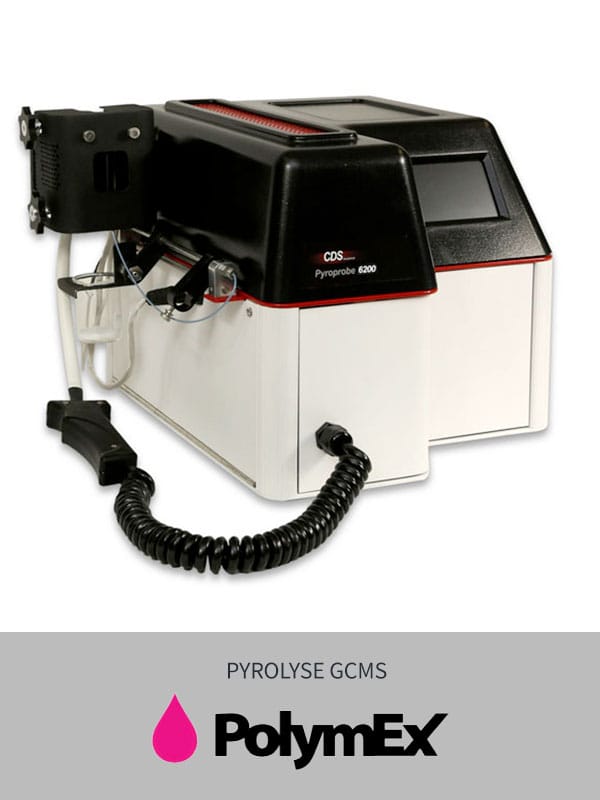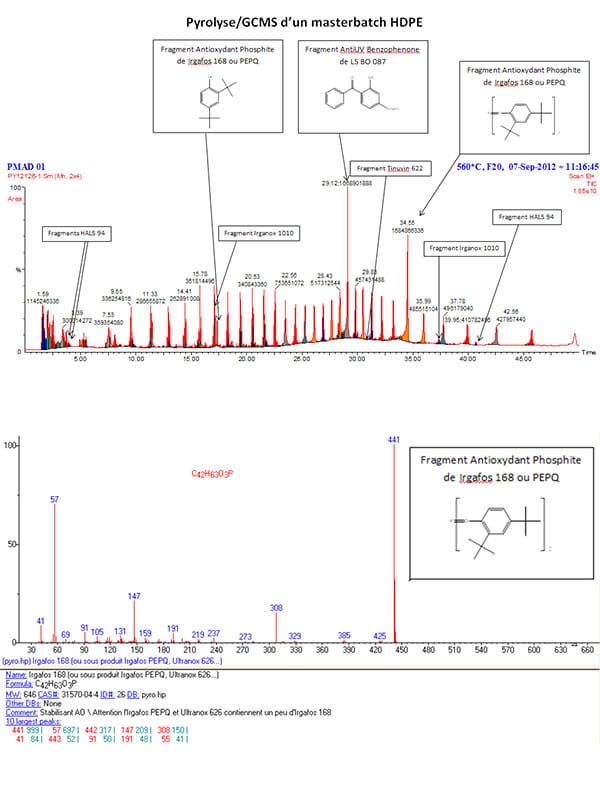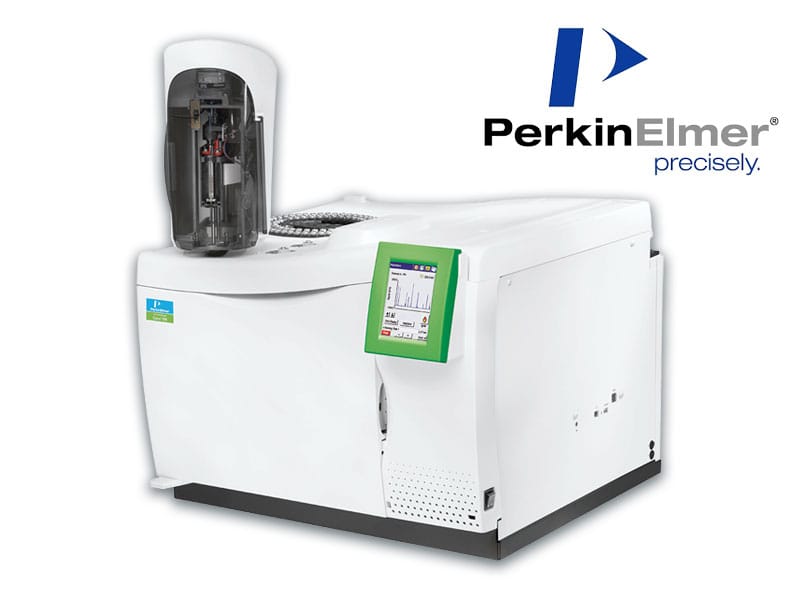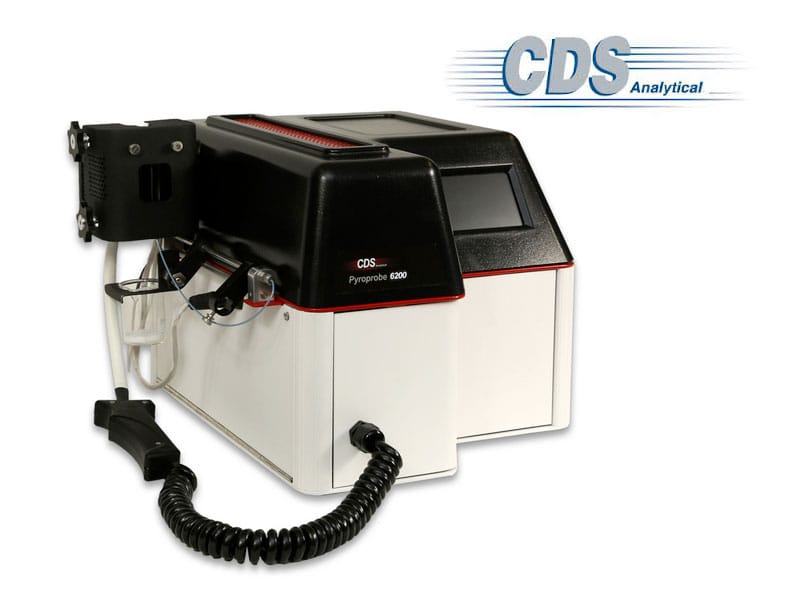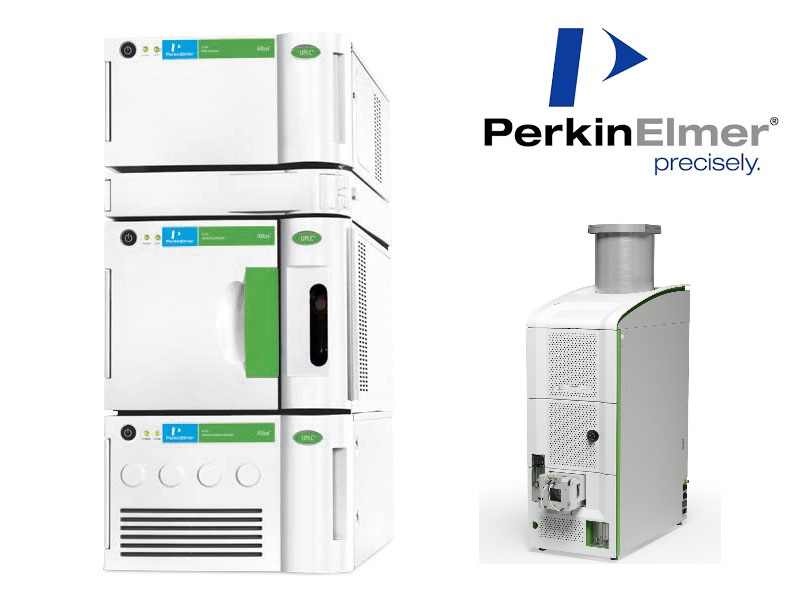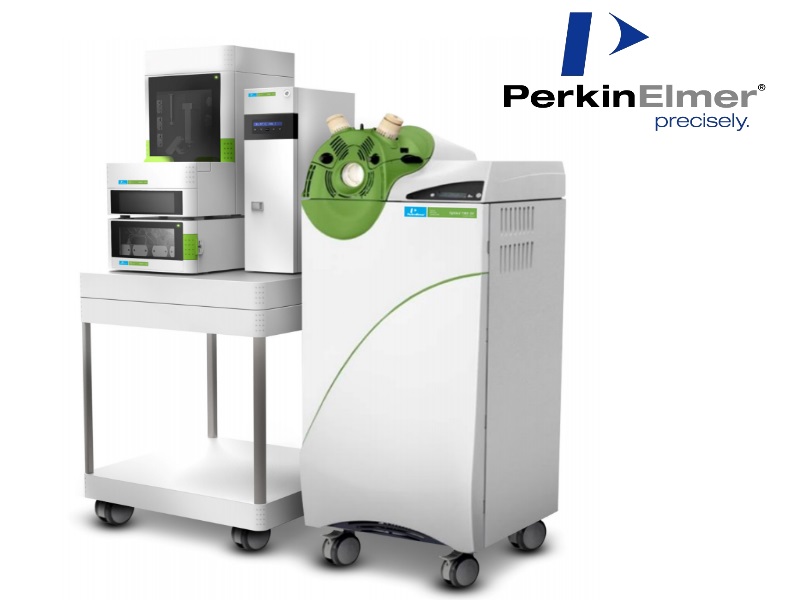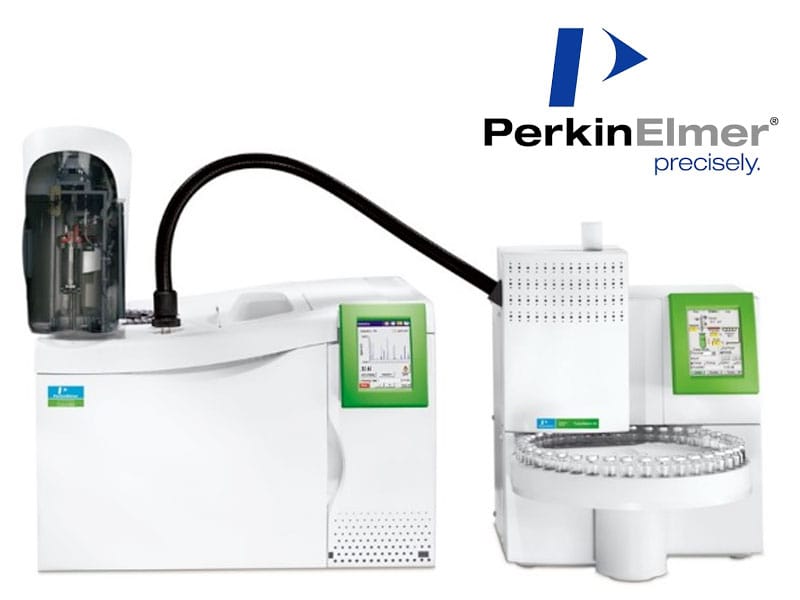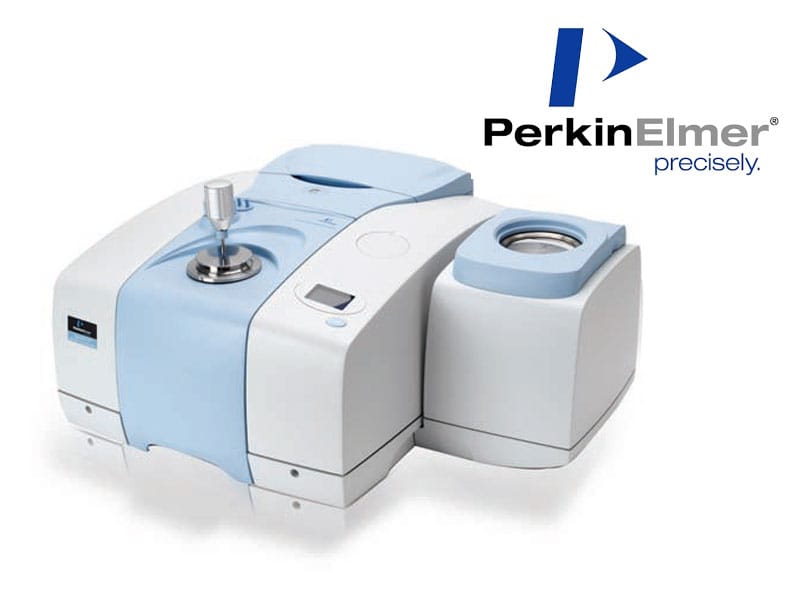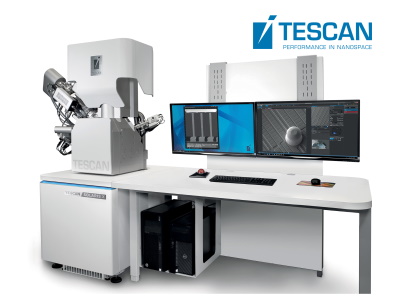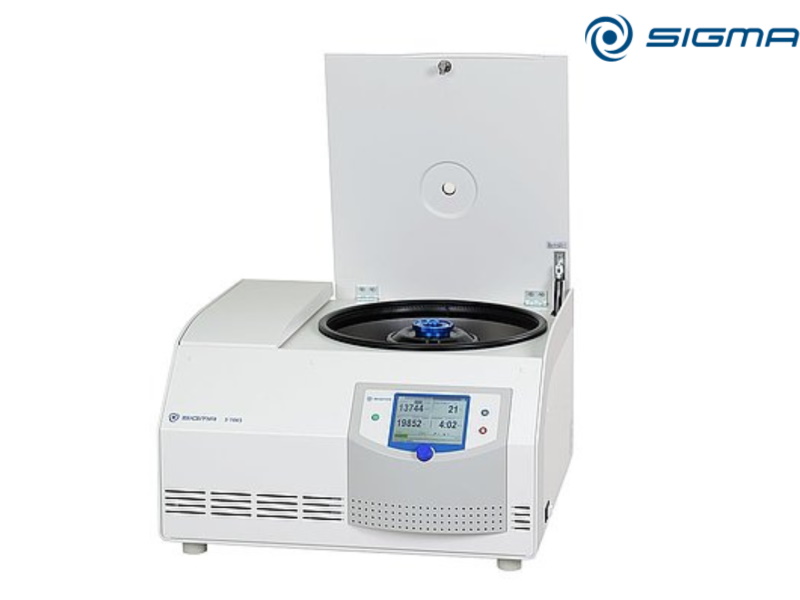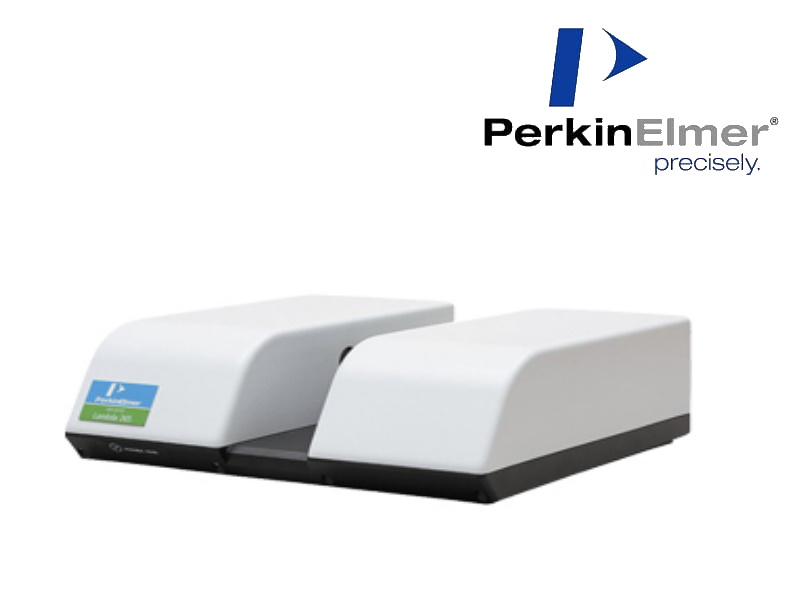Principle
The sample was placed in the insert of the pyrolyzer probe and heated from 30 to 1000 ° C (usually around 550 ° C). This instantly causes the fragmentation of certain macromolecules (polymers) and the simple volatilization of organic molecules (adjuvants, solvents, residual monomers, pollution, etc.) present in the sample.
All these pyrolytic fragments and all these volatilized molecules will be separated by the chromatographic column, then identified by the MS detector (mass spectrometry).
The recognition of “tracer” pyrolytic fragments and the comparison with those obtained with known matrices allows the certain identification of the polymeric matrix (s) of the sample.
Benefits
Fast & simple: 1 analysis = Nature of the trapped volatiles (solvents, adjuvants, etc.) + Nature of the polymer matrix (s).
Suitable for all types of polymers (natural, synthetic ...) and heavy adjuvants (Irganox 1010 ...) or oligomeric (HALS ...),
Requires little sample (a few mg),
No sample preparation (we can inject inorganic matrices),
Quite sensitive (LOQ from 10 ppm to 100 ppm).
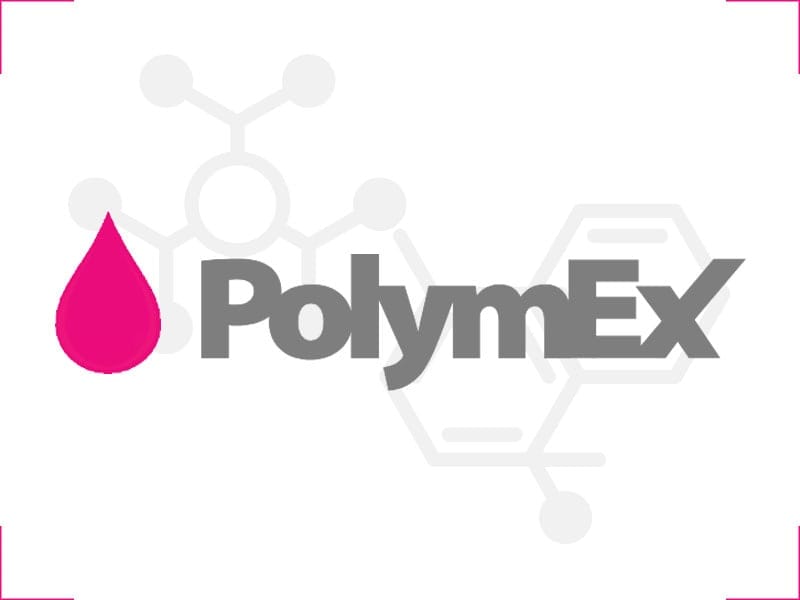
 EN
EN
 FR
FR